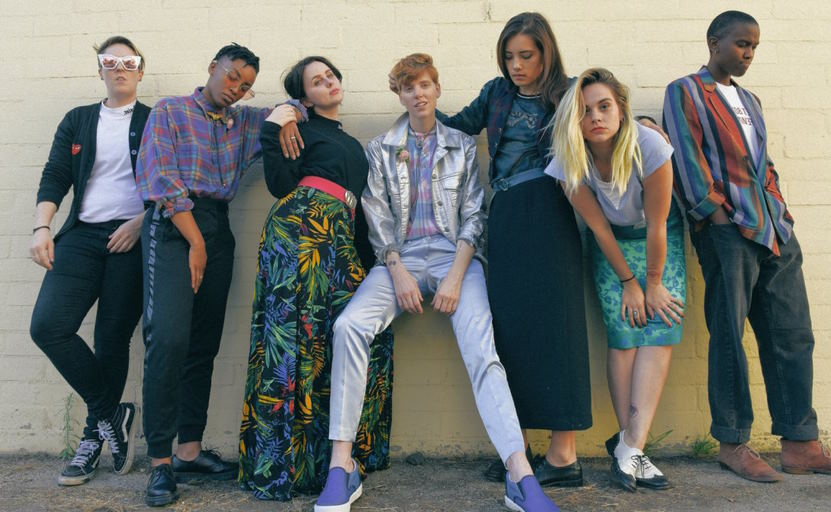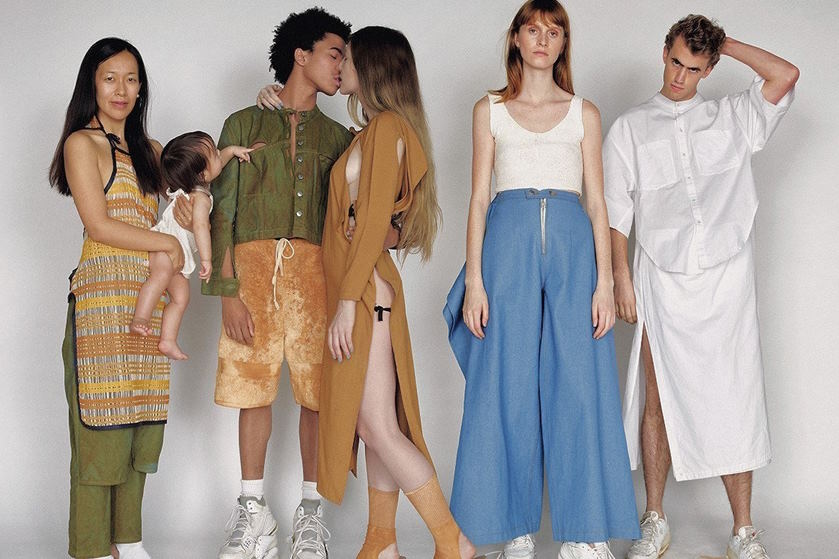Over the years, traditional clothing stereotypes have created a division between what is considered to be “men’s clothing” and “women’s clothing.” However, as societal norms and expectations around gender and identity have evolved, so too has the fashion industry. Today, we are seeing a rise in gender-neutral fashion that breaks down traditional clothing stereotypes, allowing individuals to express themselves freely without the confines of gender-specific clothing.
The Emergence of Gender-Neutral Fashion
Gender-neutral fashion is a term used to describe clothing that is not specifically designed for men or women, but rather for individuals regardless of gender. It is a movement that has emerged in recent years, driven by a desire to break down traditional clothing stereotypes and create a more inclusive and diverse fashion industry.
Several fashion brands and designers have embraced the gender-neutral fashion trend. Some examples include Agender, a UK-based brand that creates clothing for all genders; Telfar, a New York-based brand that has gained widespread popularity for its unisex designs; and TomboyX, a Seattle-based brand that specializes in gender-neutral underwear and loungewear.
The role of gender-neutral fashion in breaking down traditional clothing stereotypes cannot be overstated. By creating clothing that is not limited by gender, individuals are given the freedom to express themselves in ways that were previously restricted. Gender-neutral fashion also challenges the idea that certain types of clothing are only meant for one gender, which can help to break down rigid gender norms and promote inclusivity.

The impact of gender-neutral fashion on the fashion industry and society as a whole is significant. As more and more individuals embrace gender-neutral clothing, fashion brands are starting to see the importance of catering to this growing market. This has led to a shift in the way that clothing is marketed and designed, with many brands focusing on creating clothing that is inclusive and gender-neutral.
The Benefits of Gender-Neutral Fashion
Gender-neutral fashion has the potential to promote gender equality and reduce gender-based discrimination. By challenging the notion that certain types of clothing are only meant for one gender, gender-neutral fashion promotes a more fluid understanding of gender and identity, allowing individuals to express themselves freely without fear of judgement or discrimination.
In addition, gender-neutral fashion has the potential to promote sustainability and reduce the environmental impact of the fashion industry. By creating clothing that is designed to be worn by individuals of any gender, gender-neutral fashion brands can reduce the need for separate lines of clothing, which can ultimately lead to less waste and a more sustainable fashion industry.

The Challenges of Gender-Neutral Fashion
While gender-neutral fashion has many benefits, there are also several challenges that the movement faces. One of the biggest challenges is resistance from traditional fashion industry and consumers who may be hesitant to embrace a new way of thinking about clothing and gender. Many people are used to traditional gendered clothing and may feel uncomfortable with the idea of wearing gender-neutral clothing.
Another challenge is the limited availability of gender-neutral fashion options. While there are many gender-neutral fashion brands emerging, they are still relatively new and may not be as readily available as traditional gendered clothing. This can make it difficult for individuals to find clothing that fits their personal style and preferences.
Finally, there is a risk that gender-neutral fashion may inadvertently reinforce existing gender norms. While the intention of gender-neutral fashion is to promote inclusivity and diversity, there is a danger that it may be marketed and designed in a way that reinforces traditional gender roles and stereotypes. For example, some brands may focus on creating clothing that is “masculine” or “feminine” in style, which may not truly challenge traditional gender norms.
Despite these challenges, the gender-neutral fashion movement continues to grow and evolve. As more individuals embrace gender-neutral clothing, and as the fashion industry continues to adapt to changing societal norms and expectations, we may see a future where gendered clothing becomes a thing of the past, and gender-neutral clothing is the norm.

